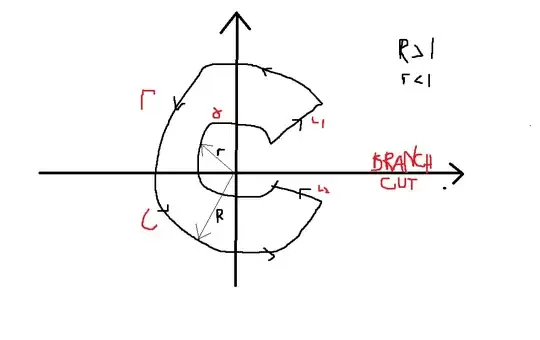Since a solution involving contour integration has been given, I am providing an alternative method without contour integration. Let $u:=\sqrt{x}$. Then, the integral $I:=\displaystyle\int_0^\infty\,\frac{\sqrt{x}}{x^3+1}\,\text{d}x$ equals
$$I=2\,\int_0^\infty\,\frac{u^2}{u^6+1}\,\text{d}u=\int_{-\infty}^{+\infty}\,\frac{u^2}{u^6+1}\,\text{d}u\,.$$
Note that
$$\frac{u^2}{u^6+1}=\frac{1}{3}\,\left(\frac{u^2+1}{u^4-u^2+1}\right)-\frac13\,\left(\frac{1}{u^2+1}\right)\,.$$
Now, let $v:=u-\frac{1}{u}$. Then,
$$\frac{u^2+1}{u^4-u^2+1}=\frac{1+\frac{1}{u^2}}{\left(u-\frac{1}{u}\right)^2+1}=\left(\frac{1}{v^2+1}\right)\,\frac{\text{d}v}{\text{d}u}\,.$$
Thus,
$$\begin{align}\int\,\frac{u^2+1}{u^4-u^2+1}\,\text{d}u&=\int\,\frac{1}{v^2+1}\,\text{d}v\\&=\text{arctan}(v)+C\\&=\text{arctan}\left(u-\frac{1}{u}\right)+C\,,\end{align}$$
where $C$ is a constant of integration.
Thus,
$$\int_0^{+\infty}\,\frac{u^2+1}{u^4-u^2+1}\,\text{d}u=\pi=\int_{-\infty}^0\,\frac{u^2+1}{u^4-u^2+1}\,\text{d}u\,.$$
On the other hand,
$$\int_{-\infty}^{+\infty}\,\frac{1}{u^2+1}\,\text{d}u=\Big.\big(\text{arctan}(u)\big)\Big|_{u=-\infty}^{u=+\infty}=\pi\,,$$
making
$$I=\frac{1}{3}\,(2\pi)-\frac{1}{3}\,\pi=\frac{\pi}{3}\,.$$
This result agrees with the computation made by Amir Alizadeh approximately six years ago.
